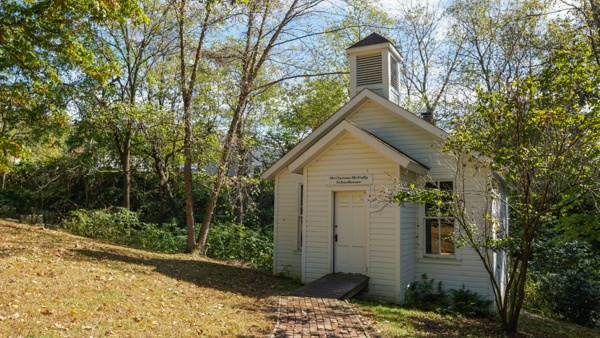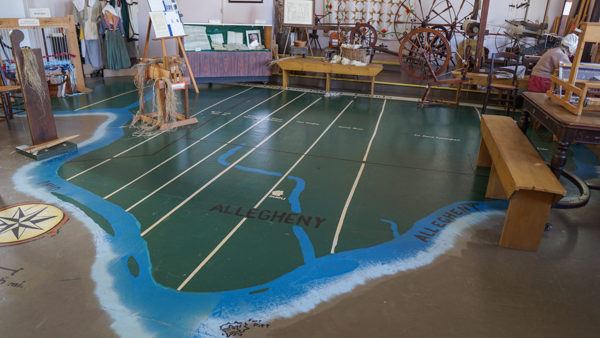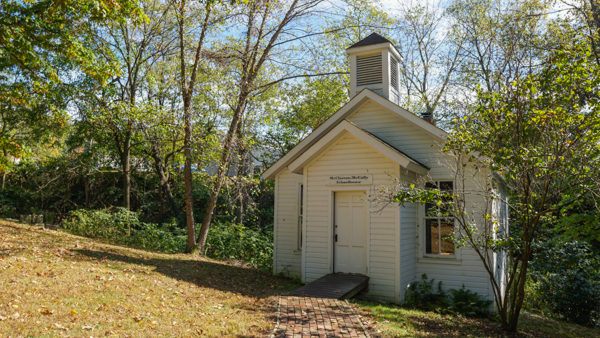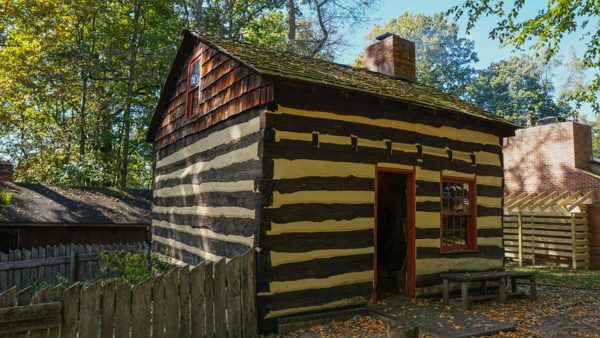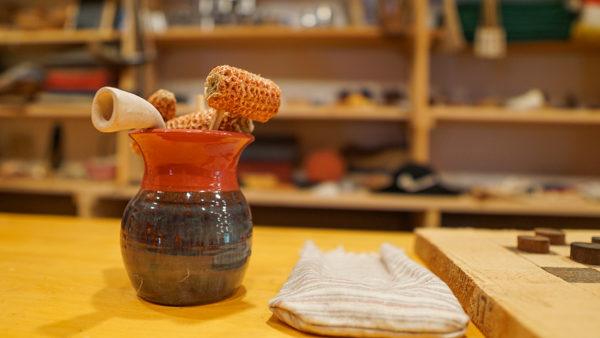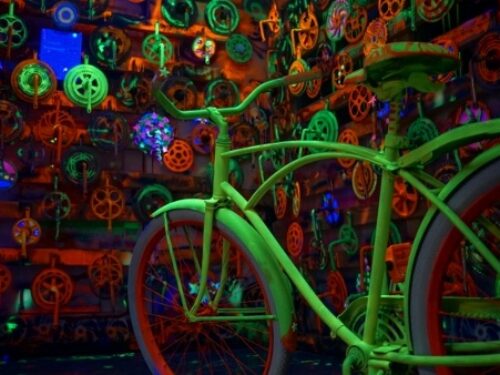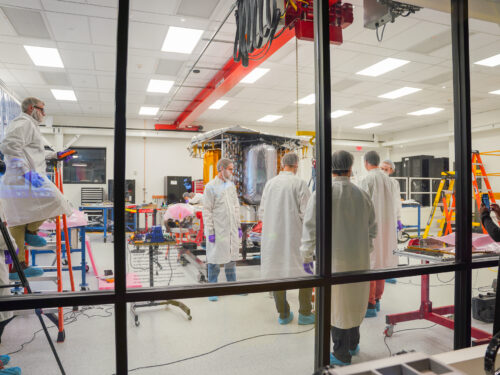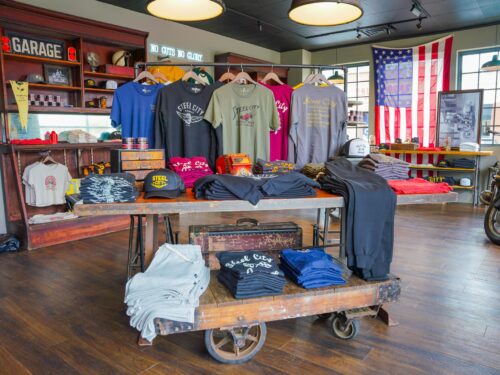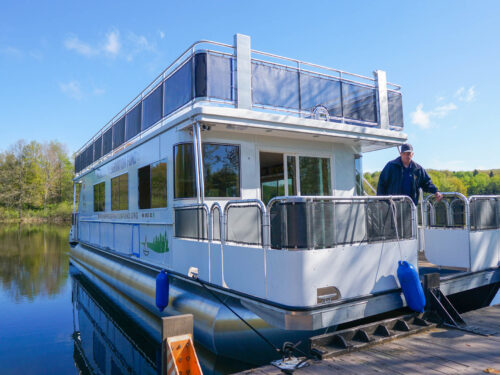Published by Jeremy. Last Updated on November 3, 2019.
Disclaimer: Our site uses demographic data, email opt-ins, display advertising, and affiliate links. Please check out our Terms and Conditions. Pricing, operating hours, or menus may have changed since our initial visit and may not be reflected in subsequent updates. Please confirm these directly with any business or attraction prior to visiting.
The history of the Depreciation Lands is a fascinating one and was a novel solution to a problem that the early United States had after the Revolutionary War.
While the living history museum of the same name in Allison Park covers this unique history, it also takes a look at what life was like in the region in the early 1800s- a time when southwest PA was the wild frontier.
Planning a trip to Pittsburgh?
Book your trip early to snag a deal and have a great time!
Top Experiences and Tours 🍇
Top-Rated Hotels in Pittsburgh 🏨
- Great Value: Drury Plaza has great prices downtown
- Good Views: Sheraton Station Square has stellar views from river view rooms
- Free Parking: Hampton Inn Strip District has a free parking and a great location
🏠 Looking for an apartment rental? Find a deal on VRBO!
What is Depreciation Lands?
The area of Pennsylvania known as the Depreciation Lands came about after the Revolutionary War when fighters found that the currency they were paid in depreciated to the point of being worthless. As a means to make up for this, Pennsylvania purchased a large tract of land from the native tribes in the frontier (the land north of the Ohio and Allegheny Rivers up to Butler) and gave it to soldiers as a form of payment.
From there, the plots of land that remained were either sold at auction or settled by those moving out west for a better life (or, as better of life as one could make in the frontier, at least). The land was cleared of trees, built up, and the rest is history.
The museum known as Depreciation Lands is a bit different and is a living history museum that shows what everyday life would be like for those living in southwest Pennsylvania in the early 1800s!
Join our Facebook groups Things to Do in Pittsburgh and Pittsburgh Photography for more local content!
What You Can See When Visiting
This living history museum is rather small and includes an old church featuring weaving exhibits, a historic log cabin, a schoolhouse, smokehouse, a blacksmith shop, a mercantile store/trading post, and a cemetery.
While your time at some of these can be quite brief, my favorite two spots were the blacksmith shop (featuring a live nail-making demo during my visit) and the mercantile store. The latter was especially interesting as you get a deep dive into what it was like making purchases on the frontier (where gold and silver were hard to come by). I left with a much better understanding of bartering as well as the deer, elk, and beaver trade which was the hot commodity of the day.
My only small complaint with this particular museum is that the living history aspect is only displayed ever-so-slightly.
Whereas some museums of this nature go 100% in on the theme (often refusing to break character for modern-day discussions), the Depreciation Museum would be the opposite. So while the workers are dressed in period costumes and going about activities that would mimic daily life from the 1800s, during discussions most everything you'll get is via modern terms in the past tense.
While not a big negative, it is worth keeping in mind as this one is not a fully immersive experience like you may have at other living history museums in the area.
Overall, the Depreciation Lands museum does a wonderful job highlighting the history of the Depreciation Lands region itself and offers a glimpse into life in the 1800s. While the scope of this one is somewhat limited and may make for only a quick visit, this one offers up some historical insight on Sunday afternoons in the summer months!
Depreciations Lands is a living history museum located at 4743 S Pioneer Road in Allison Park, PA, and is open Sundays from May to October plus other dates for special events throughout the season. The museum is cash only.
Looking for more living history museums in the region? Check out Meadowcroft Rockshelter, Living History weekend at Fort Ligonier, The Compass Inn, or select themed events at the Fort Pitt Museum!
